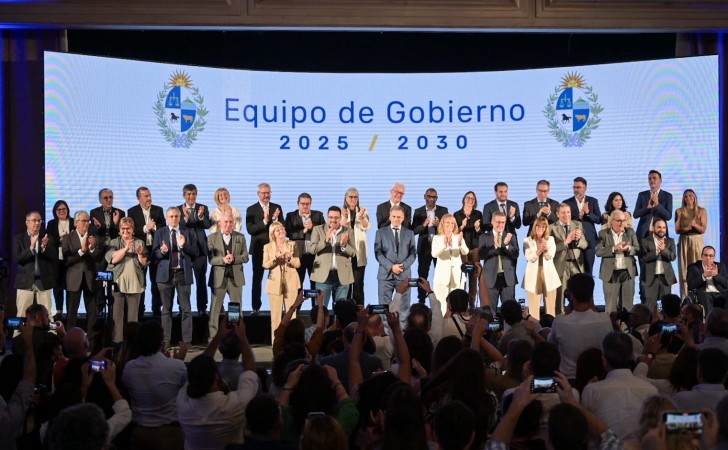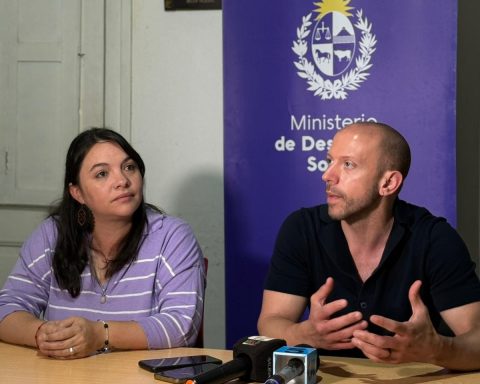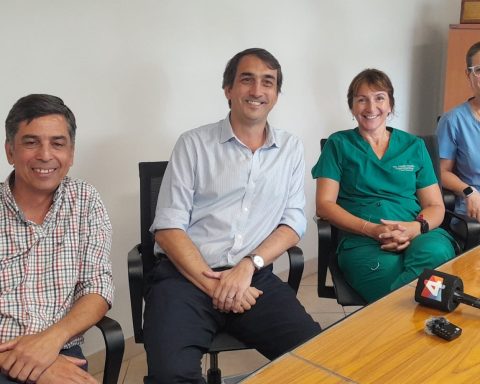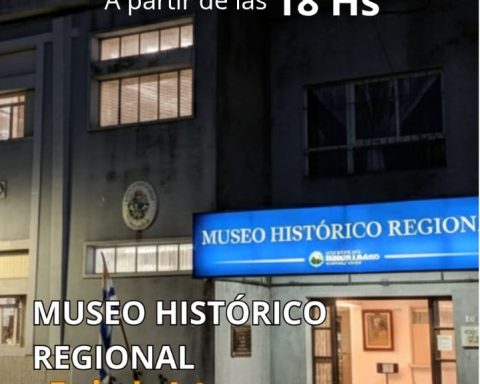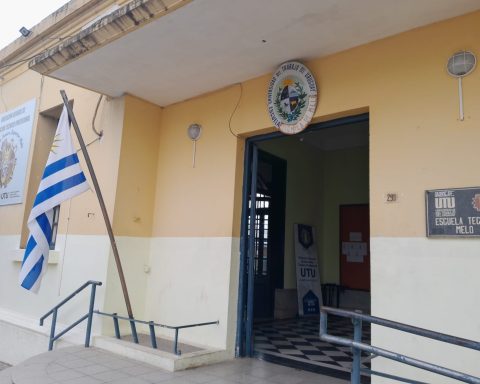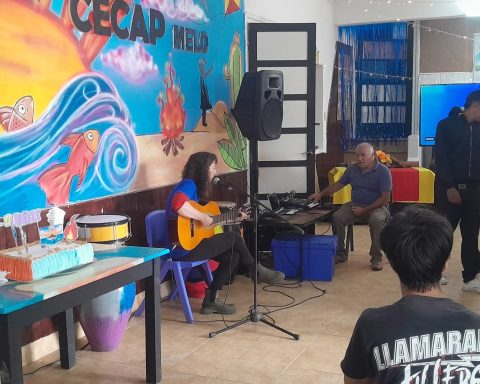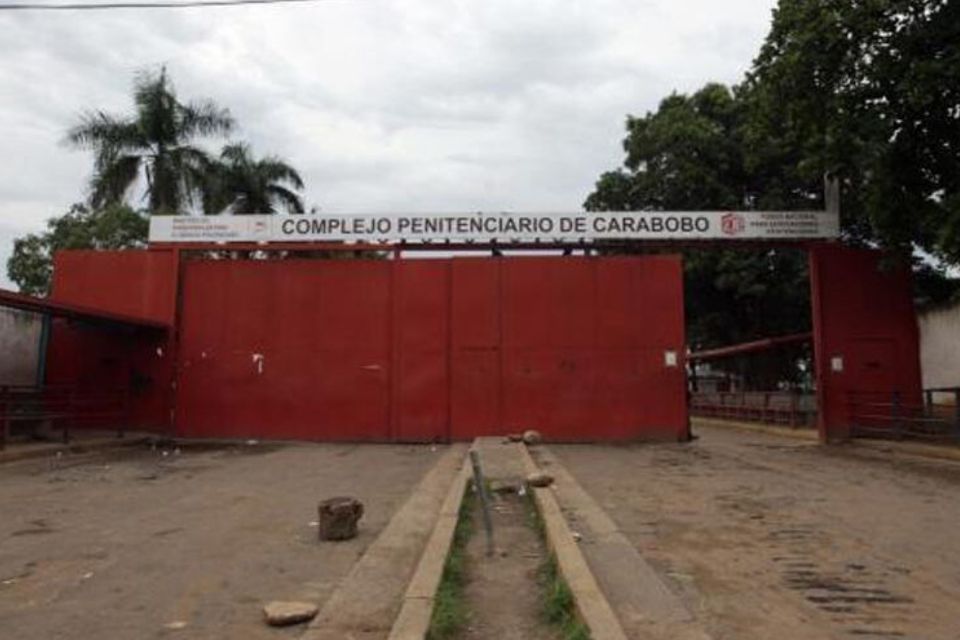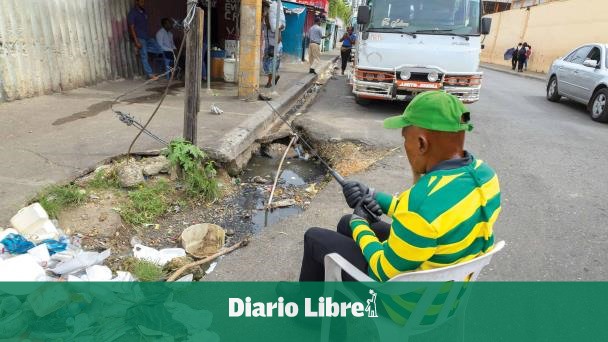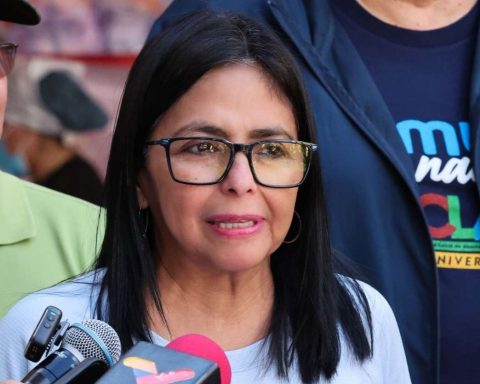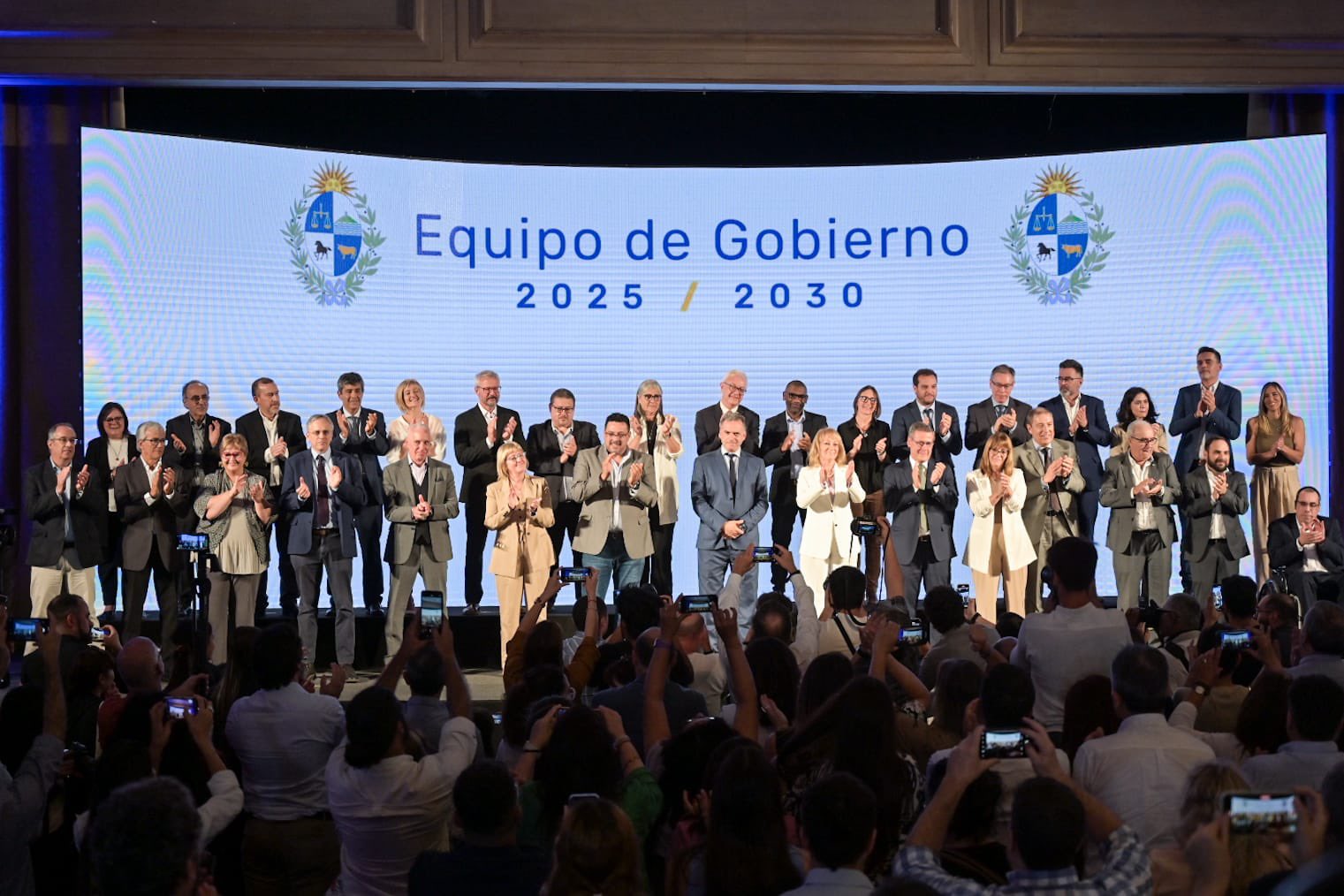
The elected president, Yamandu Orsiannounced on Monday the formation of his cabinet, which seeks to balance various aspects in its selection. “Technical capacity” and “political commitment” were considered key, reflecting the diversity of sectors involved. A prominent element of this process is the focus on gender parity, which has historically characterized the left in its efforts.
The composition of the cabinet is a mix of professional and political backgrounds. Of the 14 appointed ministers, five are women. This figure represents more than a third of the total, maintaining a percentage similar to that registered during the first mandate of Tabare Vazquez. Four of these women belong to the Popular Participation Movement (MPP): Cecilia Cairo, Cristina Lustemberg, Lucia Etcheverry and Ana Claudia Caram.
A ministry with a track record
The work team proposed by Orsi It has an average age of 57 years and can be grouped into three main segments, according to the profile of those appointed. Among the ministers selected with a technical profile is Gabriel Oddoneelected to the Ministry of Economy and Finance. Oddone is the only one who had announced his connection to the cabinet before the elections.
Your colleague in the Economy portfolio will be Martin Vallcorbawhose profile is more mixed, favored by his experience in the last government of the Wide Front. The choice of Carlos Black For the Ministry of the Interior it is also significant. Your “number two” will be Gabriela Valverdean official with a long career in public administration.
Strategic positions
Mario Lubetkinformer journalist and current deputy director general of the FAO, will assume the Foreign Ministry. He will enter this portfolio maintaining a technical profile, since he will have to disassociate himself from Uruguayan politics while he fulfills his international functions. From the environment of Seregnistashis nomination was celebrated as an appropriate choice.
In the field of health, Cristina Lustemberg She will be the minister, supporting her career as a doctor and former undersecretary of the same portfolio. Leonel Briozzowho has been linked to health management in previous governments, will take over as his deputy. Here we also observe the preponderance of a political and technical approach.
Diversity in the cabinet
The inclusion of José Carlos Mahía at the head of the Ministry of Education and Culture reflects the continuity of the FA in this area. Mahía is recognized for his experience as a teacher and legislator. The presence of Gabriela Green as “number two” reinforces the political diversity within the cabinet, since it is suggested by the Communist Party.
The next Ministry of Tourism will be headed by Pablo Menoniwhich combines a technical profile with experience in public management. Ana Claudia Caramelected as his deputy, also contributes to female representation in the cabinet, adding to a structure that continues to promote equity.
Women-Led Ministries
Sandra Lazo takes over the leadership of the Ministry of Defense, accompanied by Joel Rodriguez in the undersecretary. Lazo’s appointment underscores the cabinet’s intention to include actors with experience and knowledge in key areas of public administration. Lucia Etcheverrythe next Minister of Transportation and Public Works, will also lead a team where the presence of women stands out, which signals progress in the distribution of leadership.
Cecilia Cairoanother of the women in the ministerial structure, will take over as head of the Ministry of Housing and Territorial Planning. This designation is relevant due to the mix of political and technical experience. Similarly, the choice of Fernanda Cardona will increase the female presence in the Ministry of Industry, where she will be accompanied by Eugenia Villar as undersecretary.
News in the cabinet
A significant milestone in the history of Uruguay is marked with the designation of Edgardo Ortuño as the first black minister. This change is complemented by an inclusive structure that also takes into account the differentiated capacities of ministers, as in the case of Pablo Menoniwho is physically disabled and has been confined to a wheelchair.
Effects in the electoral field
The integration of eight of the new ministers, who were also elected as legislators in the October elections, will have repercussions on the composition of Parliament. This situation will facilitate a castling between the legislative chambers, partly transforming the representation of the Wide Front in the legislative field.
The most complex situation arises with the case of Cristina Lustembergwho if he opted for leave, his place in Parliament would be occupied by Edgardo Ortuñoalso appointed minister. This same scheme will be applied to other ministers of the MPP as Luis Fratti, Lucia Etcheverry and Cecilia Cairowho would make the option for the lower house. This would imply his resignation from the Senate and, consequently, the promotion of other incumbents such as Bettiana Diaz, Nicolas Viera and the singer-songwriter Mario Carrero.
Likewise, the obligatory resignation of Alejandro Sanchezwho takes over as Secretary of the Presidency, which, in the long run, will generate a movement throughout the entire line of Parliament holders. In the case of Ortuñowho was elected by the Artistic Movementhis position will be replaced by Eduardo Brenta. Meanwhile, the place left by Gonzalo Civila in the Senate will be occupied by the former leader of Fucvam, Gustavo Gonzalez.
